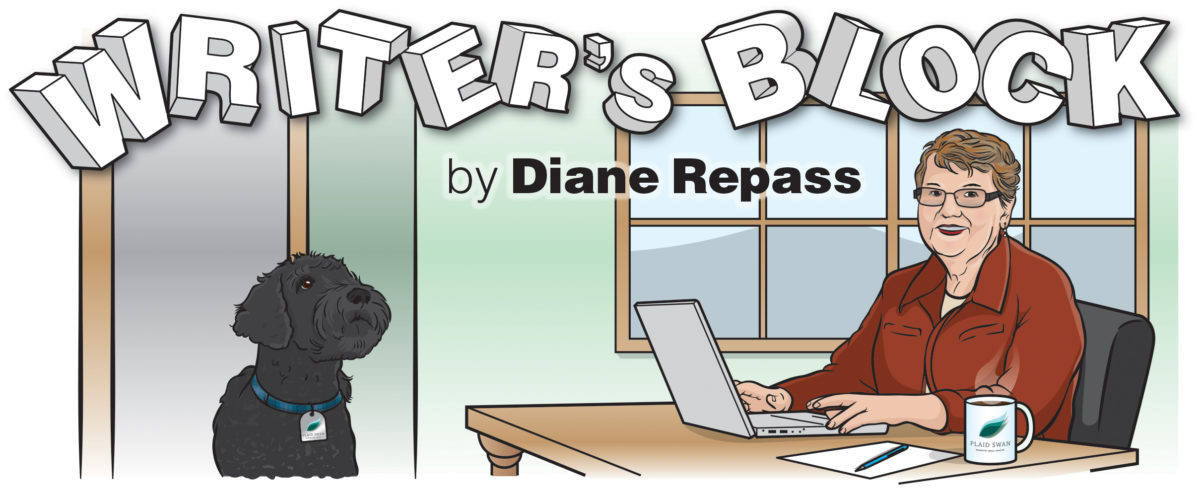Simple Rules for Using Colons and Semicolons
Does the use of semicolons and colons confuse you? You’re in good company. Many people either confuse the two or don’t know how to use them correctly. Semicolons are used between two independent clauses (a group of words that can stand alone and make sense as a complete sentence), while colons follow a complete sentence to set off an example or a list. Of course, we’re talking English grammar here, and there are always additional rules and usages that add some minor challenges for writers. Let’s look at the basics of semicolons and colons.
Semicolons
The most common use of the semicolon is to separate two independent clauses that are not joined by a comma and coordinating conjunction (and, but, for, nor, or, so, or yet).
- Comma + conjunction – I had a small dinner party last night, and I served beef tenderloin, wild mushroom bread pudding, and pomegranate/blueberry salad.
- Semicolon – Our guest of honor was celebrating his seventieth birthday; the good china and the special menu reminded him of how important he is to us.
Use the semicolon when your sentences are closely linked in importance, but use it sparingly.
The second most common use of the semicolon is in a series of words/phrases that already use commas within each unit in the series.
- Example – 2018 has been a busy travel year; I have taken trips to Paris, France; Buenos Aires, Argentina; and Reykjavik, Iceland.
Another time that you use a semicolon is when a transition word or conjunctive adverb (such as however, therefore, consequently, moreover, nevertheless, subsequently) separates two independent clauses.
- Example – I share an office at home with my husband; however, we are rarely in the space together.
These transition words are sometimes used in other parts of a sentence, so in that case, you just put commas around them. Use the semicolon only if they separate two complete sentences.
Colons
The colon is not used often and means “that is to say” or “here’s what I mean” (Grammarbook). Use a colon “to introduce an explanation; right before a summary of your point; [and] before a list, or when you mean ‘as an example’” (Owlcation). In these situations, an independent clause precedes the colon.
- Example – My bucket list is short: take a train ride through Canada to the West coast and visit several countries in South America.
Notice the full sentence before the colon. It is a common error to use only a partial sentence before a colon, especially after such words as “such as,” “including,” or “for example.”
- Incorrect – My printer uses a bevy of ink cartridges, including: cyan, magenta, yellow, gray, and black.
- Correct – My printer uses a bevy of ink cartridges, including cyan, magenta, yellow, gray, and black.
Two other common errors are to insert a colon between a verb and its direct object/complement and between a preposition and its object.
- Incorrect – The three different colors for Goldendoodles are: white, gold, and black.
- Correct – The three different colors for Goldendoodles are white, gold, and black.
- Incorrect – Looking out the window, I see beautiful tree colors that consist of: green, orange, red, and brown.
- Correct – Looking out the window, I see beautiful tree colors that consist of green, orange, red, and brown.
To correct these errors, simply remove the colon.
You will see colons used in a number of other cases that aren’t related to independent clauses.
- After the salutation of a business letter – Dear Mr. Hanson:
- Between the hour and minutes – 7:15 a.m.
- To separate a Bible chapter and verse – Deuteronomy 3:10
- To separate a title and subtitle – A Writer’s Handbook: Style and Grammar
- With ratios and proportions – The proportion of cats to dogs is 2:1.
- After the headings of a memo – TO:, FROM:, SUBJECT:
- In a bibliography between the location and publisher – New York, NY: Adams Press
Neither the semicolon or colon should be overused. Some sources state that in a two to five-page paper two semicolons are the maximum. That is certainly not a hard and fast rule, but for both punctuation marks, use less rather than more. A style manual is a good reference for the use of any punctuation mark; the most important thing is to develop consistency in your usage.
Plaid Swan is a women-owned marketing communications firm operating out of Cedar Rapids, Iowa. The firm represents clients across the United States in public relations, media planning, social and digital media, graphic design and strategic planning. Visit us online at PlaidSwan.com or on our social media channels as @PlaidSwan. Lines are meant to be crossed.

